Lockheed Not Cooperating Enough On F-35 Contract: Vice Adm. Winter
Posted on
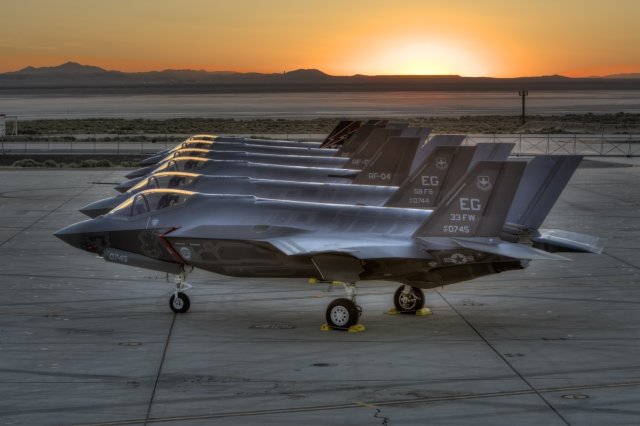
F-35As at Luke Air Force Base
JSF HQ: Lockheed Martin “could be much more collaborative and cooperative but they aren’t,” the head of the Joint Strike Fighter program, Vice Adm. Mat Winter, told reporters today. “They could, but they choose not to.”
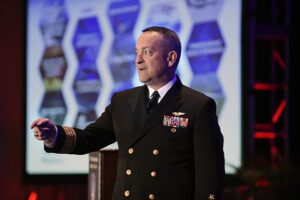
Vice Adm. Mat Winter
Winter’s comments are not nearly as searing as those of his predecessor Lt. Gen. Chris Bogdan, who famously said at the annual Air Force Association conference that the relationship between Lockheed and the program office was “the worst I’ve ever seen” — and that was before he actually started his job.
But they reflect the hardball that Lockheed is playing each time it negotiates a new contract for aircraft. The current contract talks are about 130 aircraft in Low Rate Initial Production (LRIP) Lot 11. The average price for an F-35A in the 66 planes of Lot 10 was $94.3 million, including the engine, Winter noted. While he wasn’t willing to offer a target percentage he’d like to drop the price to, the admiral was pretty fierce in his advocacy for “the taxpayer and the (international) partners.”
Pressed by reporters for details after he said the program has a really good negotiator, he would only disclose her first name, Julie. Winter said “she will stare down anybody” and “relies on facts” as she battles America’s largest and most politically potent defense contractor to lower prices.
(I asked if she carried a weapon into the negotiating room. She does not.)
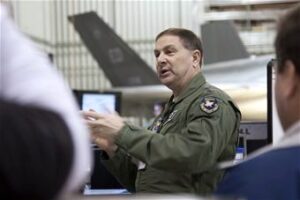
Lt. Gen. Christopher Bogdan
But Winter is looking for more factual weapons with which to face Lockheed down and lower both the production and the sustainment costs for all three F-35 models. The head of Pentagon acquisition, Ellen Lord, has said those costs are unsustainable in the long run unless they come down.
WInter’s ordered a Deep Dive Initiative into the costs of the top 100 suppliers to the JSF program to see over the next six months how much it actually costs to build an F-35. Those suppliers produce about 85 percent of the value in the plane, he said.
Key to that will be figuring out how efficient the factories are, how much time workers actually spend making parts, and assembling the aircraft without making mistakes.
On another front to save money, Winter said the government will begin shifting work on 68 aircraft subsystems from contractors to government depots so industry can focus on production.
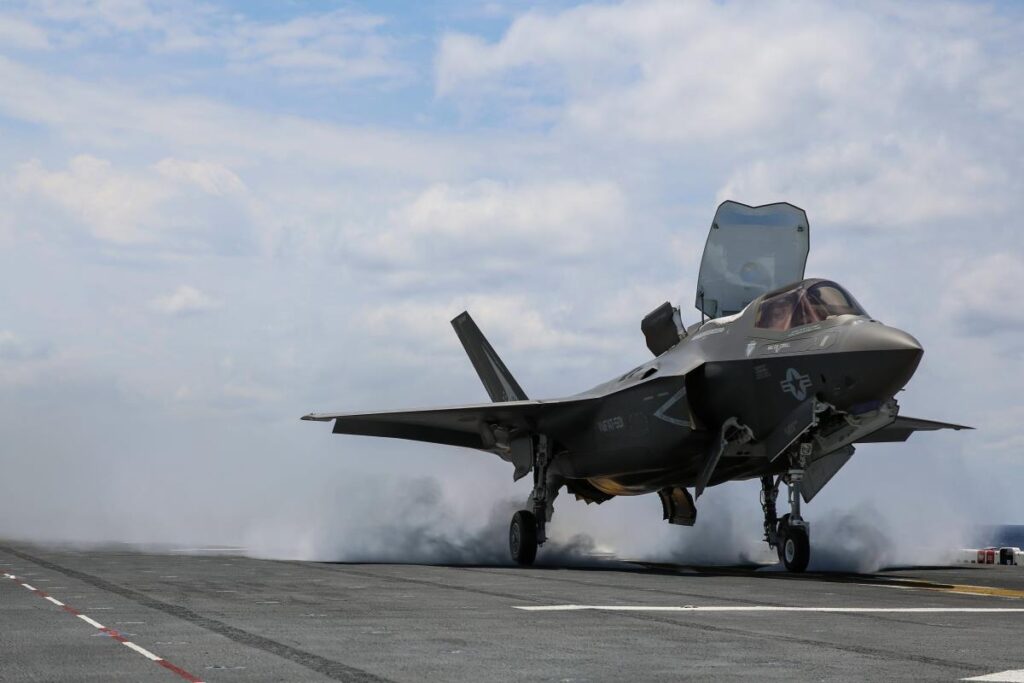
Marine Corps F-35B landing on the USS Wasp
Perhaps the most ground-shaking news of the press briefing today is that the program will, with Lot 11, put concurrency behind it. The program will no longer be building, testing and fixing aircraft all at the same time, Winter said. Last week an audit of production was finished, setting a production design standard. “Concurrency will be over,” he said.
I asked if he thought that meant the services will basically want to stick with those aircraft that don’t go through concurrency and leave the others for test, training and other uses. He said no, that the concurrency-era aircraft are being brought up to combat standards. Of course, some of them are already more than eight years old, thanks to concurrency and the many problems that arose because of it.
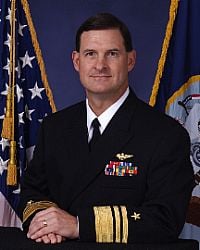
Vice Adm. David Venlet
Breaking D readers may remember our ground-breaking interview with Vice Adm. David Venlet about concurrency and why JSF production had to slow:
“Fundamentally, that was a miscalculation,” Venlet said. “You’d like to take the keys to your shiny new jet and give it to the fleet with all the capability and all the service life they want. What we’re doing is, we’re taking the keys to the shiny new jet, giving it to the fleet and saying, ‘Give me that jet back in the first year. I’ve got to go take it up to this depot for a couple of months and tear into it and put in some structural mods, because if I don’t, we’re not going to be able to fly it more than a couple, three, four, five years.’ That’s what concurrency is doing to us.”
But Venlet added: “I have the duty to navigate this program through concurrency. I don’t have the luxury to stand on the pulpit and criticize and say how much I dislike it and wish we didn’t have it. My duty is to help us navigate through it.”
They will have, seven years after that interview.
Some of the concurrency aircraft will be proving themselves over the next few months as the F-35B is going to sea on the USS Wasp next week for Pacific patrols and will deploy aboard the USS Essex this summer.
Subscribe to our newsletter
Promotions, new products and sales. Directly to your inbox.
